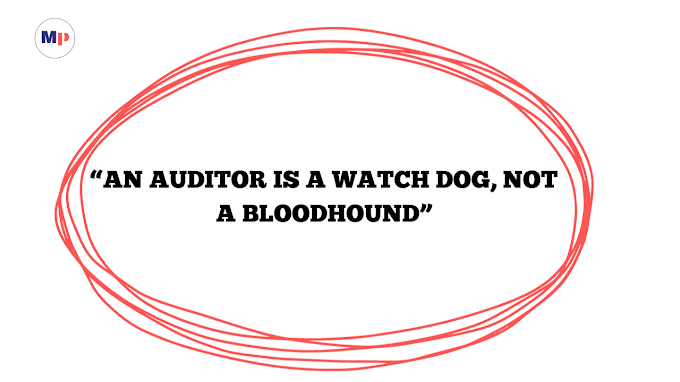MEANING AND DEFINITION OF WORKING CAPITAL
Working capital management refers to the management of current assets and current liabilities. Working capital, however, represents an investment in current assets, such as cash, marketable securities, inventories, and bills receivables. Current liabilities mainly include bills payable, notes payable, and miscellaneous accruals.
Net working capital is the excess of current assets over current liabilities. Current assets are those assets that are normally converted into cash within an accounting year and current liabilities are usually paid within an accounting year.
Following are some of the important definitions of working capital:-
"Working capital means current assets"
Mead, Malott, and Fild
"The sum of current assets is the working capital of a business."
J.S Mill
"Any acquisition of funds that increase the current assets, increase working capital, for they are one and the same."
C.W Gerstenberg
DANGERS OF REDUNDANT WORKING CAPITAL
Low Rate of Return on Capital:
Excessive or redundant
working capital implies the presence of idle funds which earn no profit for the
firm. Thus, a firm with excessive working capital cannot earn a proper rate
of return on its total investments, whereas profits are distributed on the
whole of its capital. This would ultimately result in bringing down the rate of
return to the shareholders. Lower dividend, in turn, reduces the market value of
shares and causes capital loss to the shareholders.
Decline in Capital and Efficiency:
Due to the low rate of return and low dividends to
shareholders, companies often adopt some objectionable devices to inflate
profits to maintain or increase the rate of dividends. Sometimes, unearned
divides are paid out of the company's capital to keep up the show of prosperity
by window dressing of accounts. In order to make up for the deficiency of reduced
earnings, certain provisions, such as provisions for depreciation, repairs, and
renewals are not made. This leads to a decline in operating efficiency and a fall
in profits.
Loss of Goodwill and Confidence:
Excessive working capital
leads to a lower rate of return on investments. Shareholders also get a lower
dividend. A lower rate of dividend leads
to reduce the market value of the company's shares much less than the book
value. The shareholders lose confidence in the company. The goodwill or credit
or the company suffers a serious setback. The financial stability of the
company is jeopardized.
Misapplication of Funds:
Companies with excessive working
capital do not utilize society's resources prudently. In case of excessive working capital, it becomes difficult to
control the purchases of many things which are not required in the business.
Often excessive in inventories and fixed assets are purchased by the company,
which do not add to the profitability of the company but add to its
maintenance costs and losses due to theft, waste, and mishandling.
Evils of Over-Capitalisation:
Excessive working capital is often responsible for giving birth to the situation of overcapitalization in
the company. Over-capitalisation is not only disastrous to the smooth survival
of the company but also affects the interests of those associated with the
company.
Inefficient Management:
The existence of excessive working capital
is an indication of inefficient management of the company. It shows that the
management is not interested in
expanding the business, otherwise, the excessive working capital might have been
utilized in expanding the business.
Destruction of Turnover Ratio:
Redundant working capital often destroys the control of the turnover ratio, which is commonly used in the conduct of an efficient business. Excessive working capital also eradicates all other guides and signposts commonly employed in conducting and operating a business. It is evident that a company must have adequate working capital pursuant to its requirements. It should neither be excessive nor inadequate. Both situations are dangerous.





